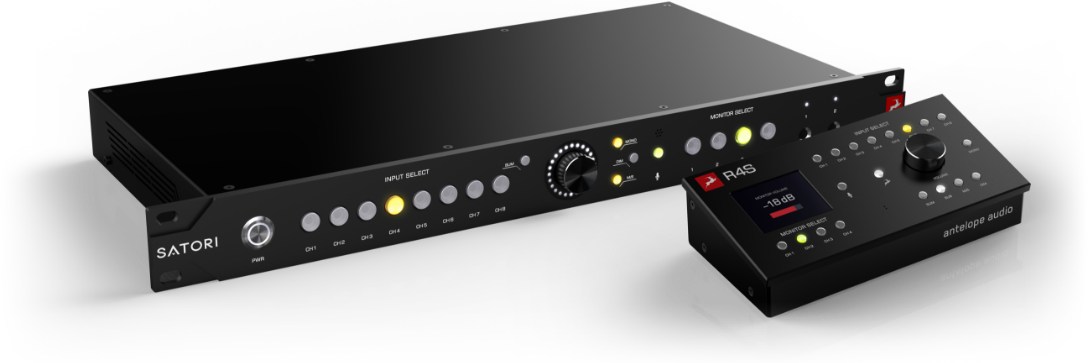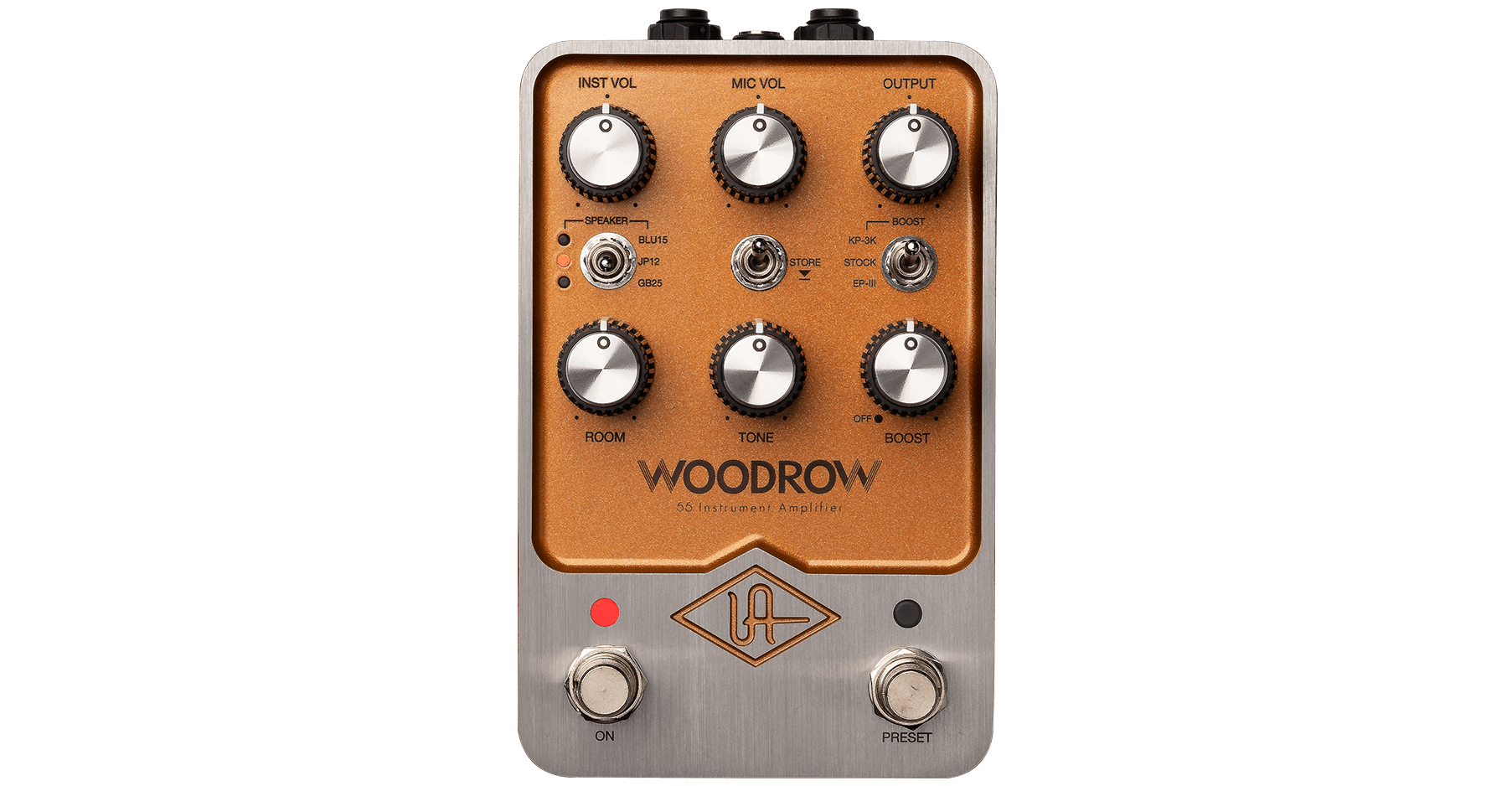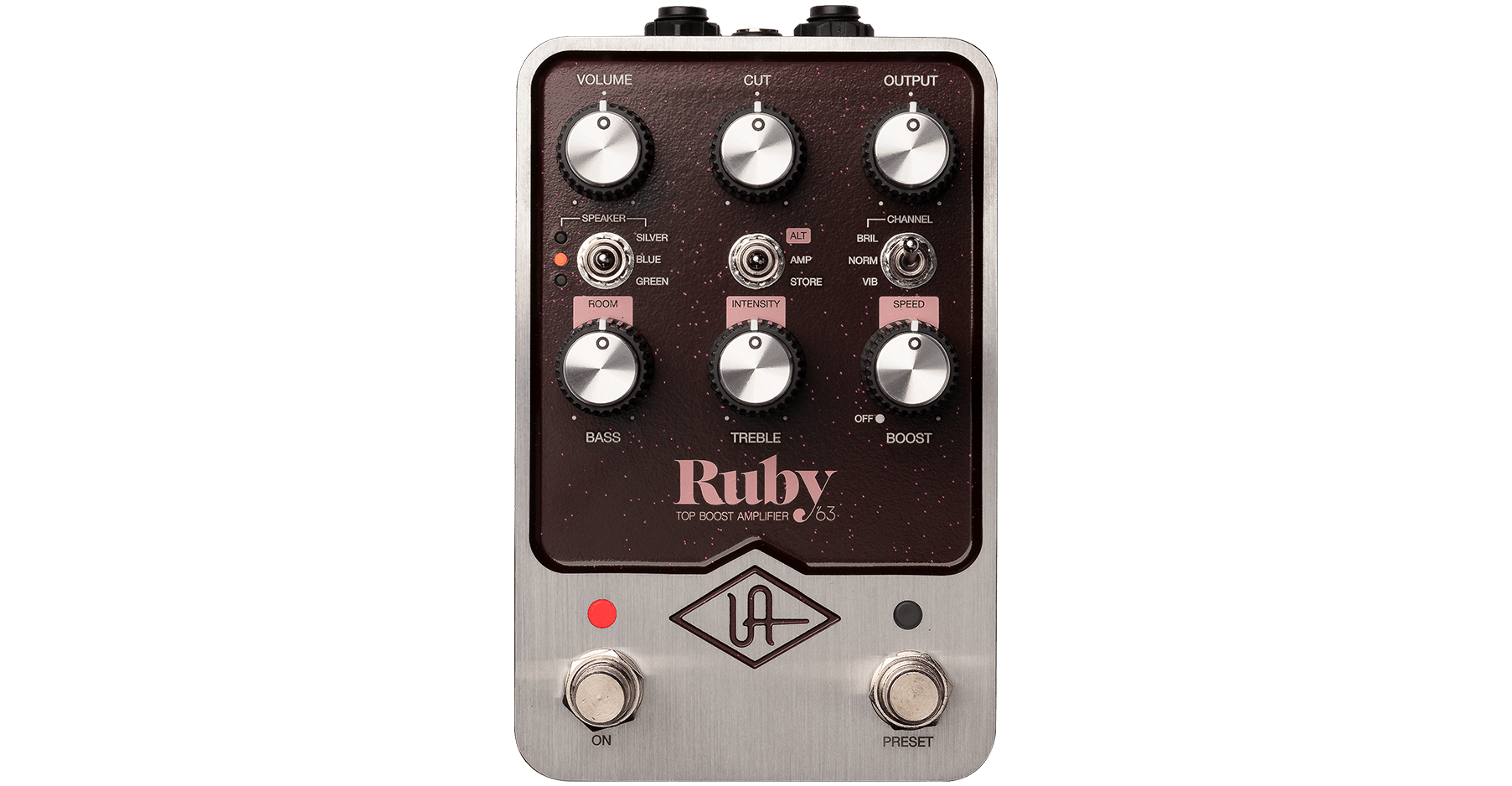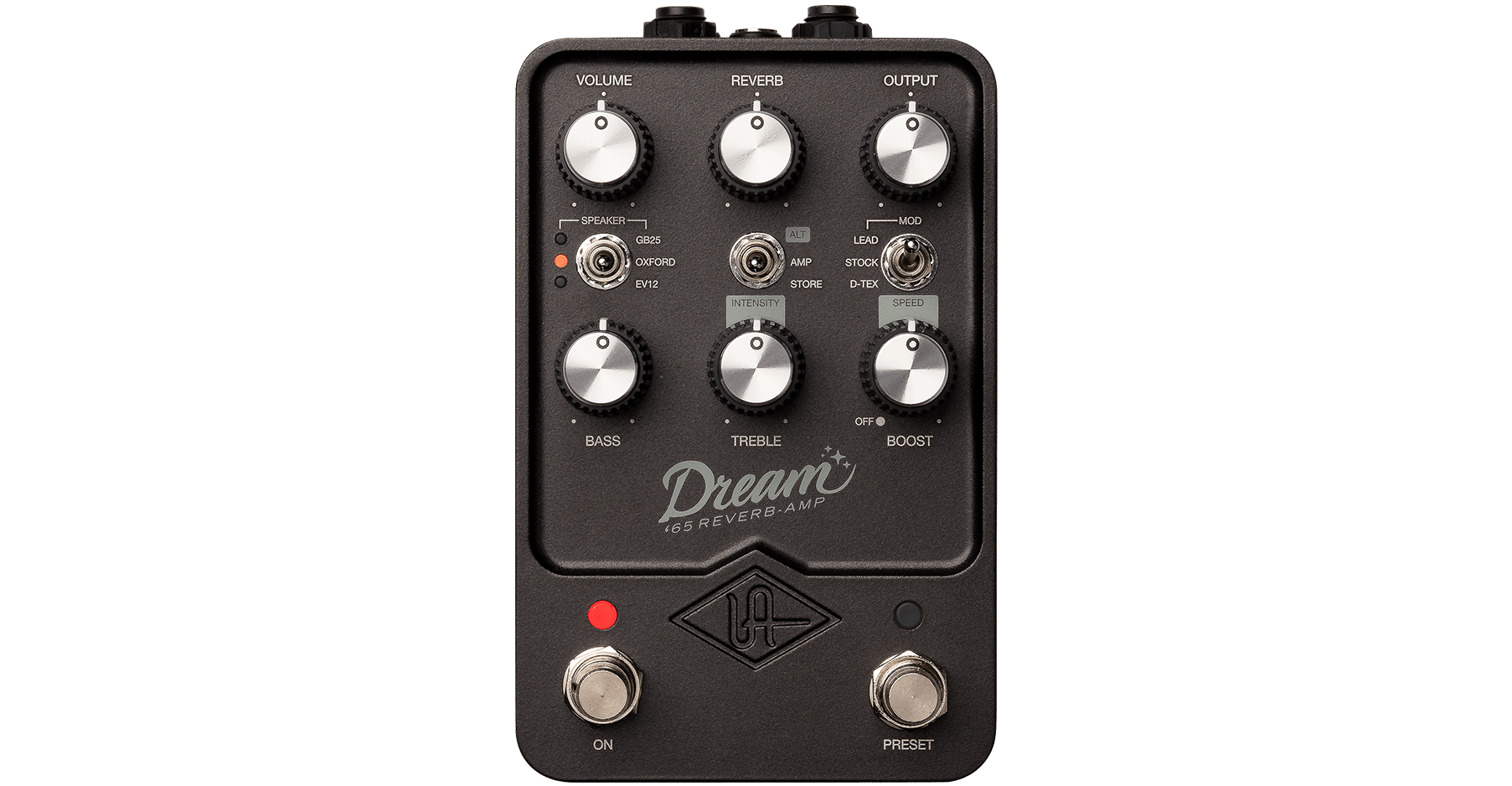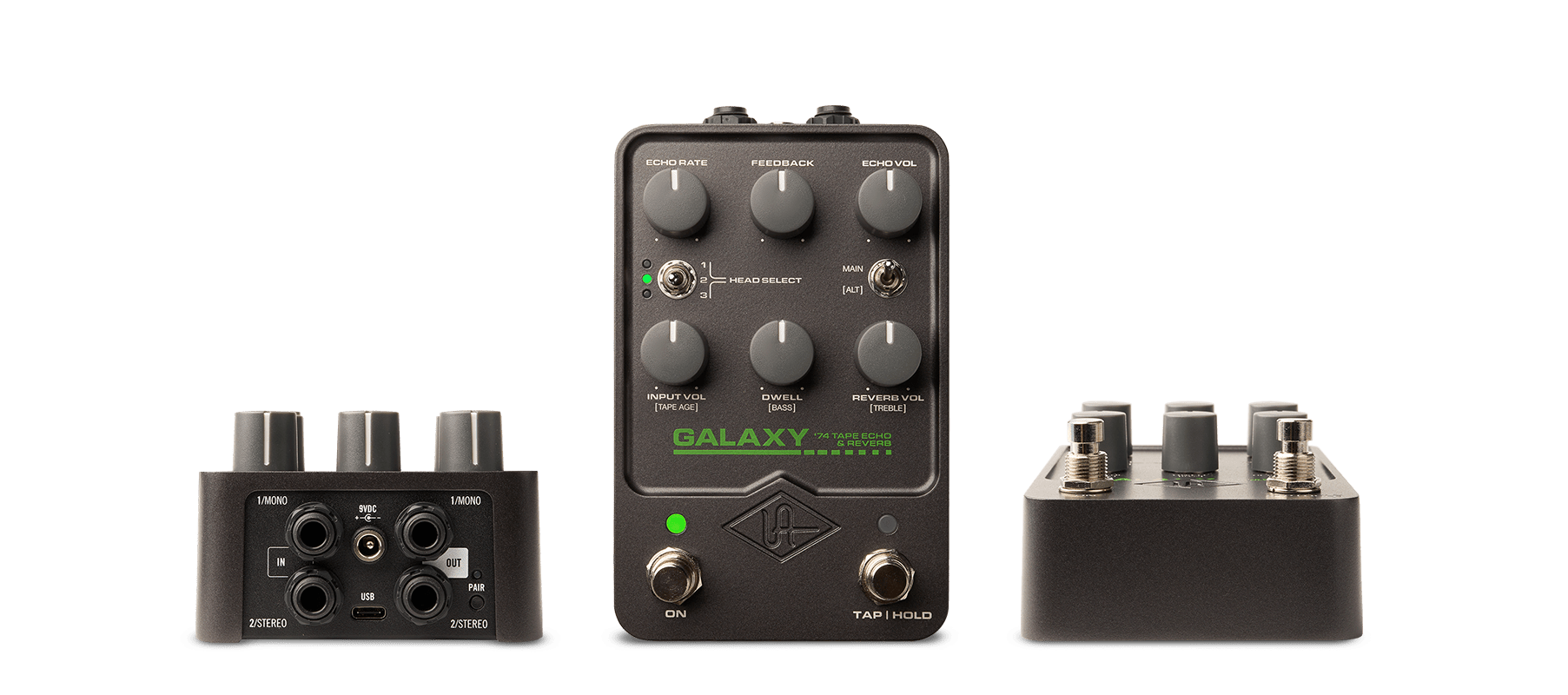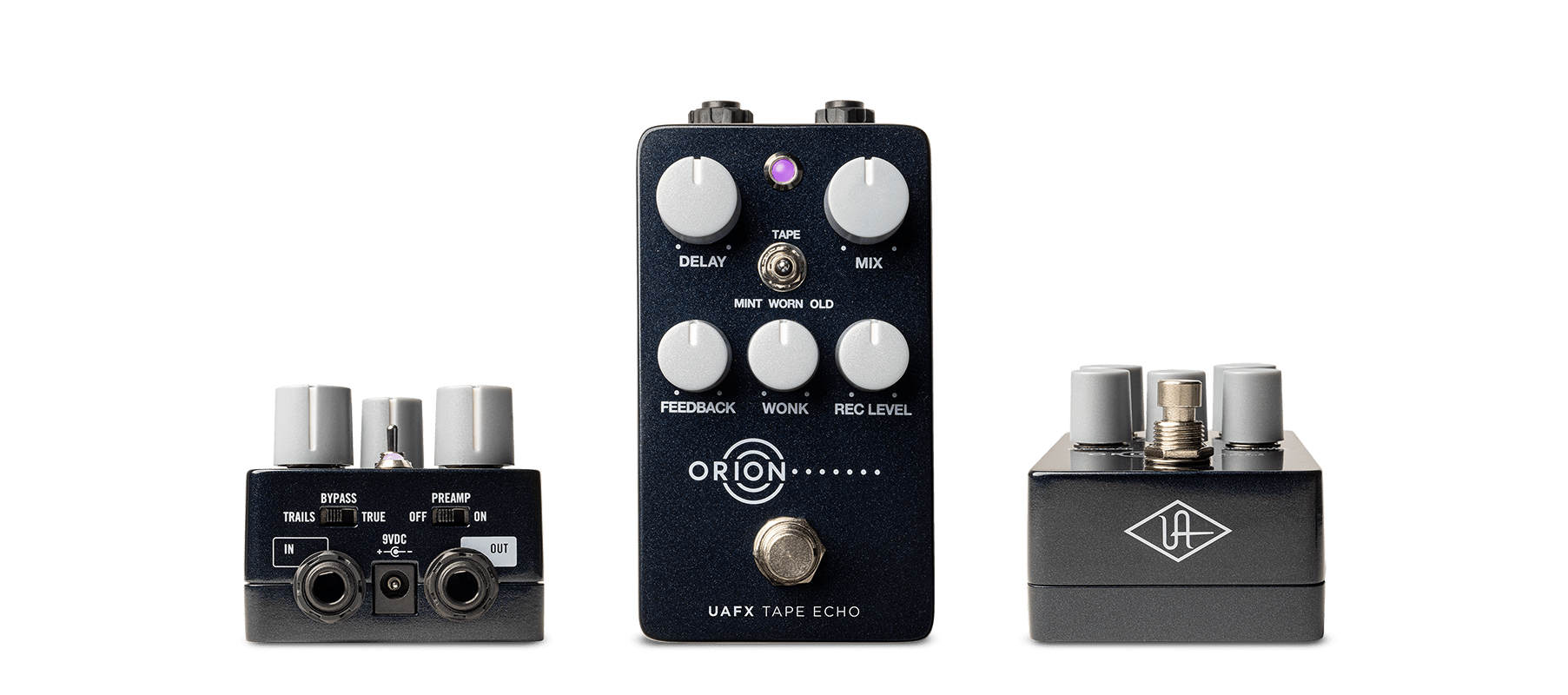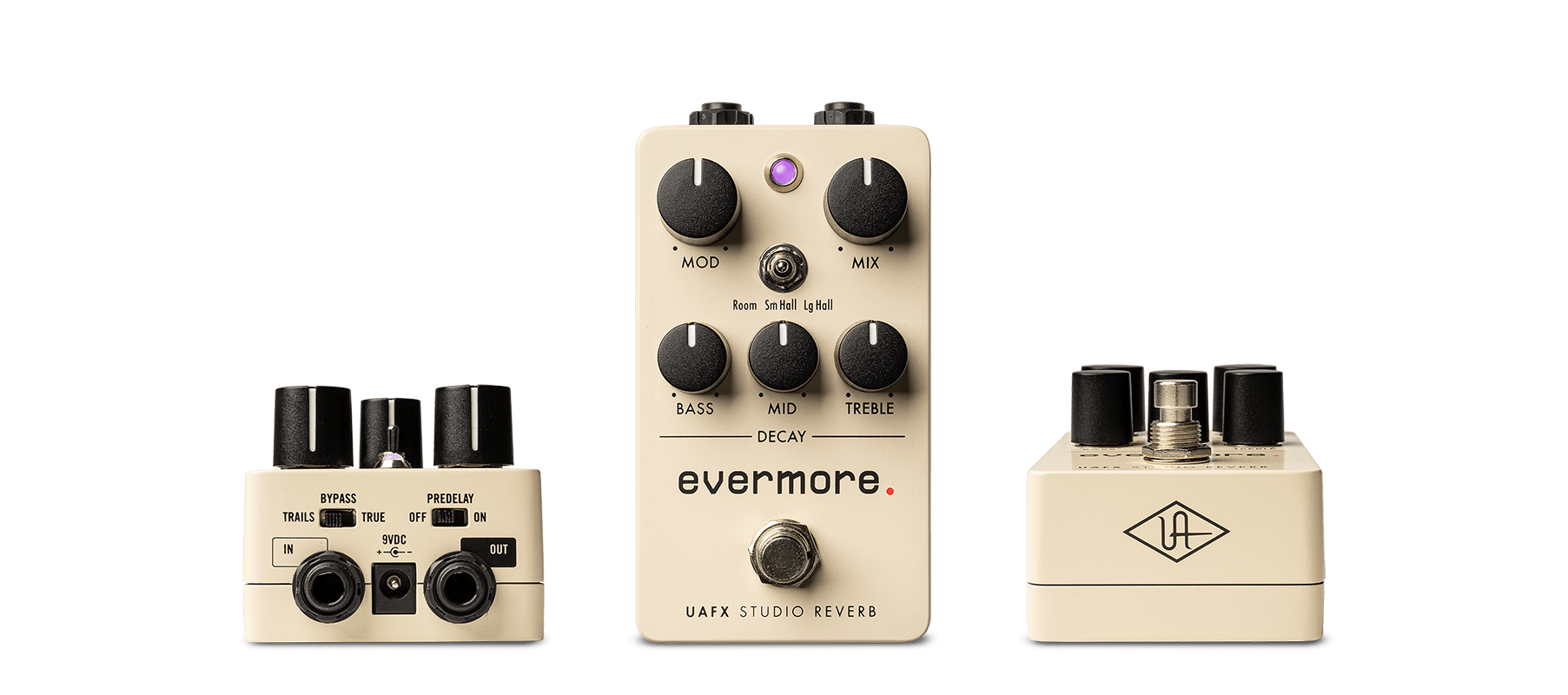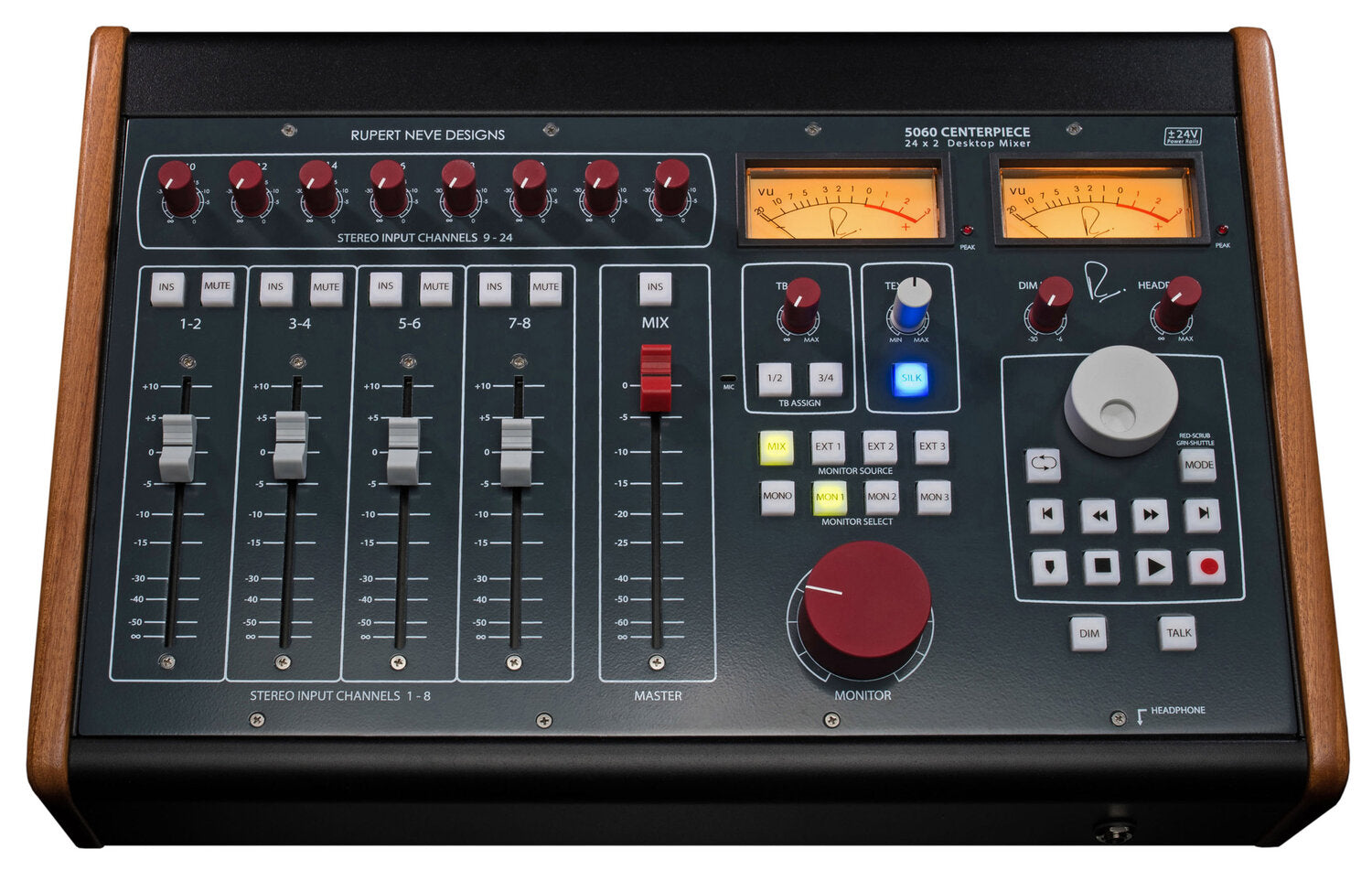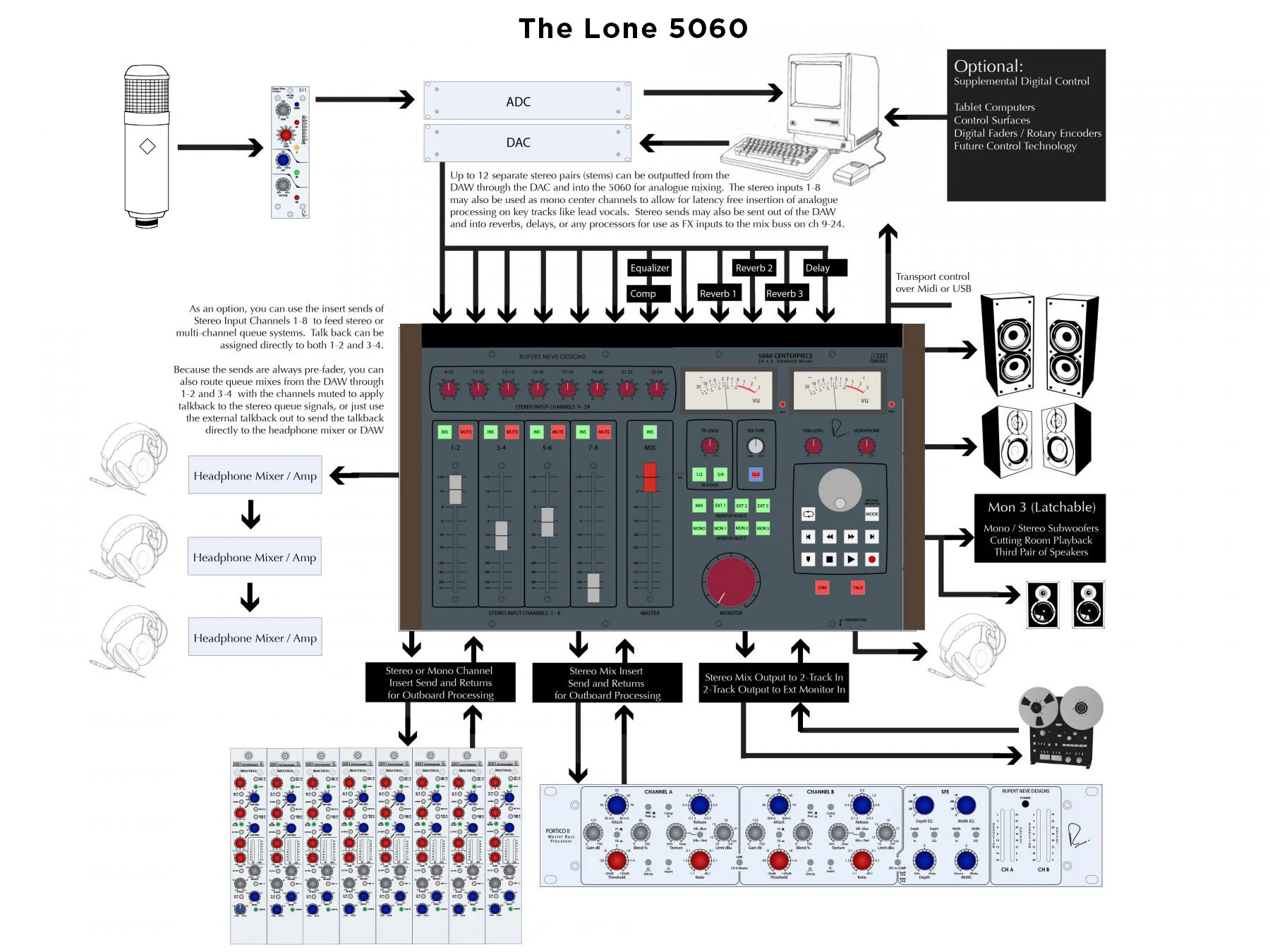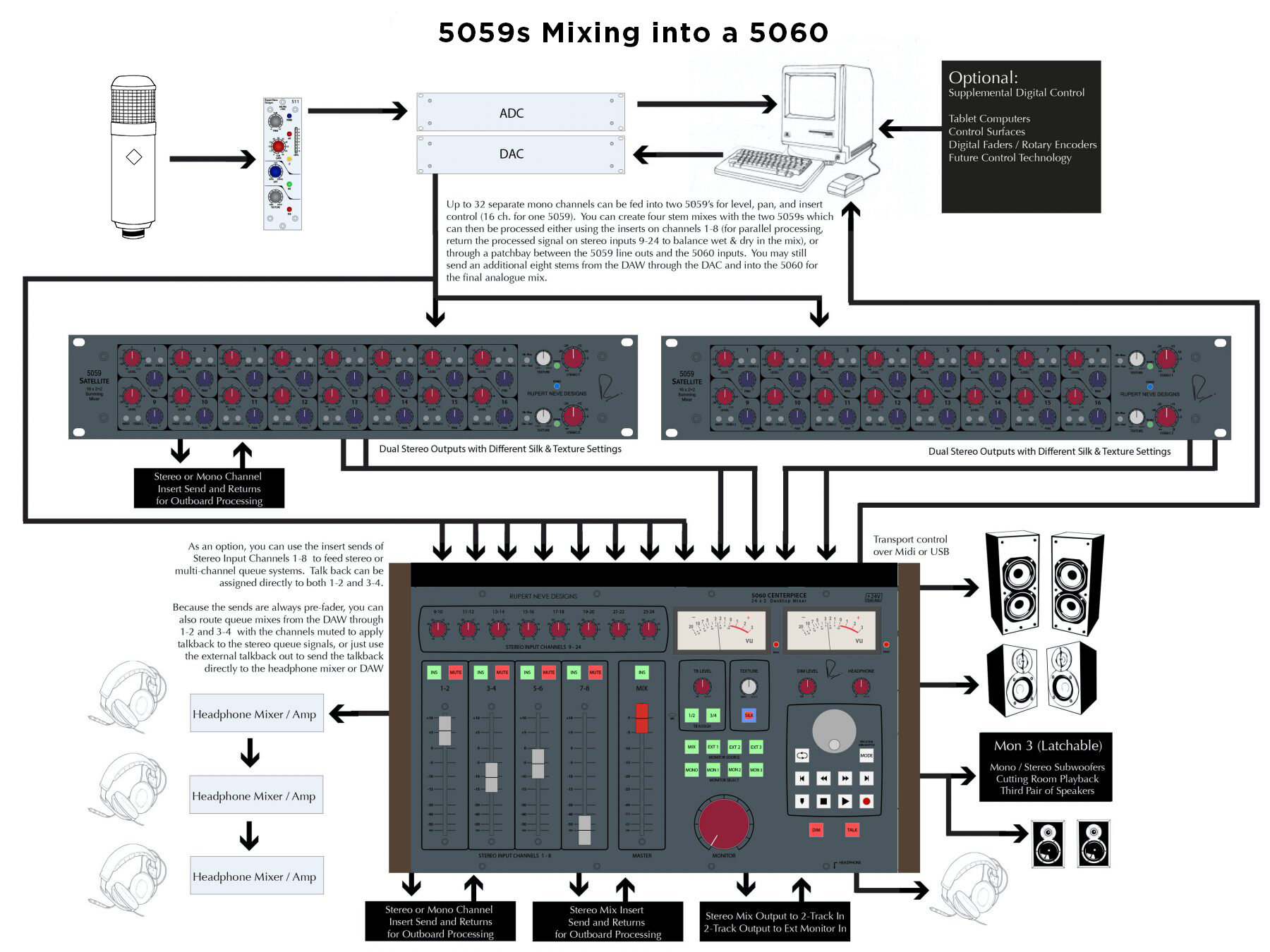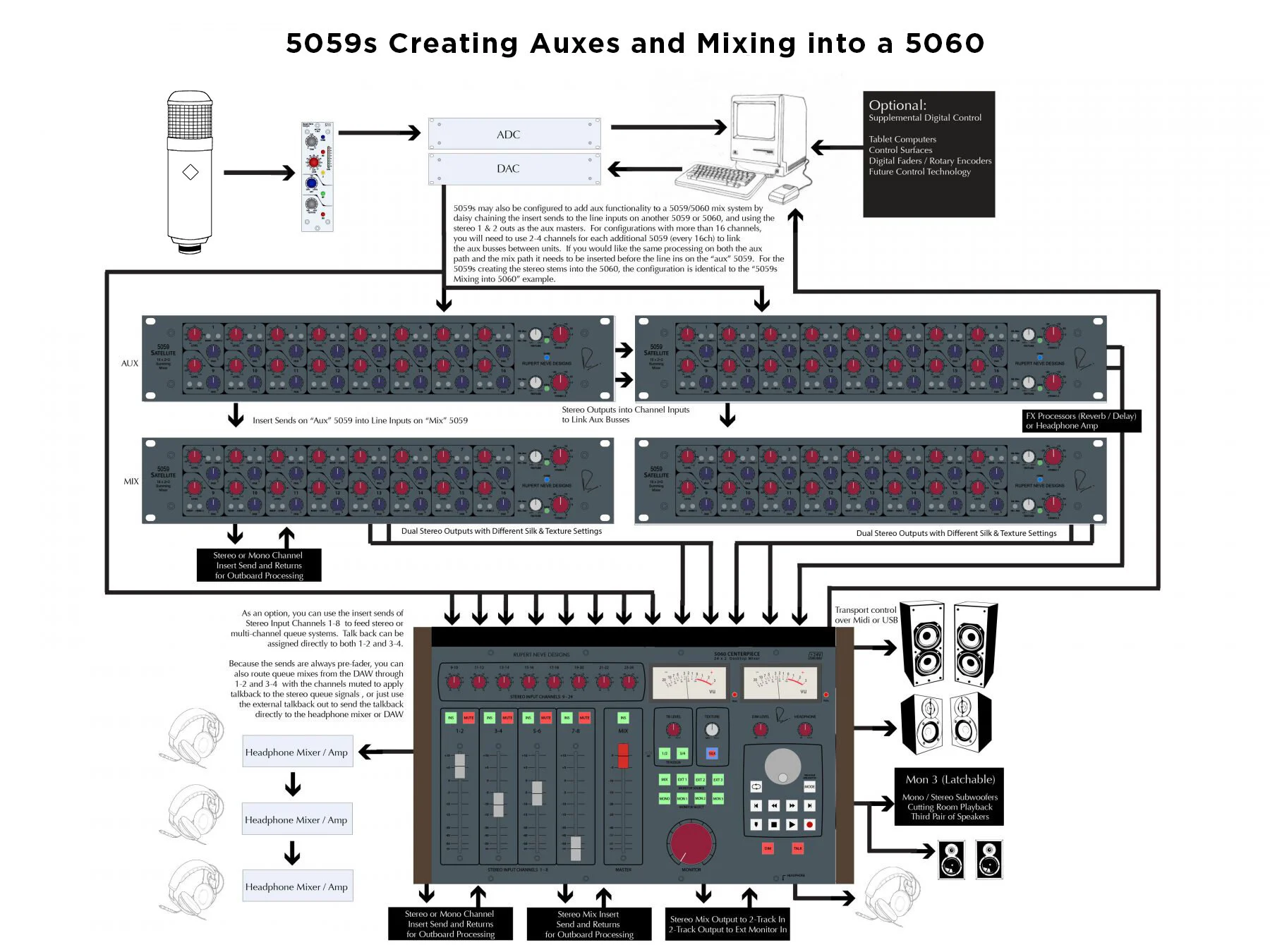MAX INPUT LEVEL
Channels 1 - 8, fader at 0dB: greater than +26 dBu
Channels 9 - 24, level trim at 0dB: greater than +22 dBu
STEREO OUTPUTS
Unless otherwise specified, frequency is 1 kHz.
MAX OUTPUT LEVEL
Any combination of inputs: greater than +27 dBu
THD+N
Channels 1 - 8, fader at unity, BW <10 Hz – 80 kHz
+20 dBu, 20 Hz: 0.03%
+20 dBu, 2 kHz: 0.003%
+20 dBu, 20 kHz: 0.02%
Channels 9 - 24, trim at unity, BW <10 Hz - 80 kHz
+20 dBu, 20 Hz: 0.03%
+20 dBu, 2 kHz: 0.004%
+20 dBu, 20 kHz: 0.02%
NOISE (BW 22 Hz - 22 kHz)
Channels 1 - 24 at unity: Better than -90 dBV
Channels 9 - 24 at unity, 1-8 muted: Better than -100 dBV
X-TALK
Channel to Channel: better than 60 dB
CMRR
1 kHz input to channel 1, 0 dBu fader at unity: -70 dBu
FREQUENCY RESPONSE
10 Hz to 120 kHz: +/- 0.25 dB
IMD
+4 dBu, CCIF/DFD: Better than 0.0008%
SILK BLUE / SILK RED (Texture control at maximum)
DISTORTION
+20 dBu in, 20 Hz: Up to 5%
+20 dBu in, 200 Hz: Up to 0.2%
MONITOR OUTPUTS
MAX OUTPUT LEVEL
1 kHz: +25 dBu
THD+N
+20 dBu, 20 Hz: Better than 0.03%
+20 dBu, 2 kHz: Better than 0.02%
+20 dBu, 20 kHz: Better than 0.02%
MINIMUM LOAD
Monitor and Line Outputs: 3K Ohms
HEADPHONE OUT
MAX OUTPUT LEVEL
Greater than +20 dBu, unloaded
THD+N
2 kHz into 68 Ohms, 16 dBu output: Better than 0.02%
NOISE
From 22 Hz – 22 kHz: Better than -85 dBV
MINIMUM LOAD (headphone out)
16 Ohms recommended
PEAK LEDs
Engage Threshold: +22 dBu
POWER CONSUMPTION
AC Mains, 100VAC to 240VAC, 50/60Hz: 110 Watts Max
Fuses: not user accessible, internal on power supplies
DIMENSIONS
18.5″ W x 12.5″ D x 5.75″ high in the back (3.5″ in the front)
WEIGHT
22lbs
OPERATING TEMPERATURE RANGE: 0 to 35 degrees C
STORAGE TEMPERATURE RANGE: -10 to 50 degrees C
OPERATING HUMIDITY RANGE: 10% to 95% Non-Condensing
FREQUENTLY ASKED QUESTIONS
The summing architecture is essentially the same between all three of our Summing Family mixers. They each have different feature sets to address different needs, but sonically they’re all nearly identical. The main exception would be the secondary -6dB output on the 5057, which reduces the likelihood of clipping the next device in the chain when driving the unit very hard, and thus may allow for greater potential harmonic saturation.
A subwoofer can be connected to the MON 3 outputs, which can be latched by holding the MON 3 switch for 3 seconds. Alternatively, for stereo subwoofers you could also use “Y” cord outputs from the monitors that you wish to pair with the subwoofer.
Yes, this is normal. Mono switches on the 5060 center-pan the first track of the pair (e.g. 1, 3, 5, or 7), and mute the second track of the pair (2, 4, 6, or 8).
Note: this is different from how the mono switches operate on the 5057 Orbit, which instead center-pans and sums the track pairs together (1+2, 3+4, etc).
Generally people record the mix output into a stereo input in their DAW, but you can also record to an external tape machine or other “2-track” destination.
Not necessarily. We’ve been conditioned to see red peak lights as meaning “bad” – but remember, this is analog, not digital. Oftentimes, the “glued-together” sound we’re looking for from an analog mix buss comes from overdriving the output stage, and this may mean some peaks here and there. Just like with a real analog mixing console, use your ears to tell you when you’re hitting the mix too hard.
